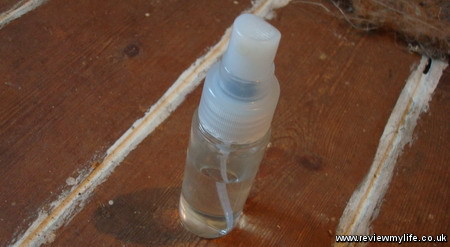Floorboard squeaks and creaks can be very annoying but there are a few ways you can try to fix them.
Screwing floorboards down
If individual floorboards are squeaking one potential solution is to screw them down to the joists. You’ll need to locate where the joists are. This is usually very easy as you can see the existing nails/screws that are holding the floorboards to the joists.
When screwing into floorboards you need to be very careful to avoid any water/gas/electricity supply cables/pipes. You can use a pipe detector to help you locate them.
If you put screws very close to the existing nails there is less chance of hitting anything important.
I used a mix of 1.5 inch and 2 inch wood screws. They need to be long enough to go through the floorboard and into the joist.
After locating which floorboard was squeaking I drilled a pilot hole. I used a drill bit with an attachment that drills the countersink at the same time. I set the height of the countersink so that the drill bit would just drill through the floorboard, and not into the joist.

Then I could pop the screw into the hole and use another drill to drive it into the joist. It can be very useful to have two drills, one for drilling holes, and one for screwing down the screws. This can save a lot of bit swapping.

I found this method to be effective where an individual floorboard was squeaking. I didn’t find it helped in the case where a joist was squeaking.
Expanding foam filler
Where an individual floorboard was squeaking the noise was limited to that floorboard. In some cases the squeak was activated across the joist along a series of floorboards. For these squeaks screwing down the floorboards didn’t seem to remove the squeak as it didn’t prevent the joist from moving.
I tried a different technique. I got some large expanding foam filler canisters. Either 750ml or 825ml. These cost from £8-£11 each.

I then drilled a hole next to the creaking joist big enough to fit the expanding foam nozzle into. This hole does not go into the joist, it goes into the cavity next to the joist. As this is drilling into the floor cavity you have to be especially careful not to hit any pipes or wires. Make sure you use a pipe detector, and don’t drill any further than the depth of the floorboard. You can see a typical hole that I drilled in the photo above.
I sprayed in a bit of water (the instruction on the expanding foam say this is necessary for the foam to cure).

Then after shaking the can I sprayed the full contents of it into the cavity. Then I left the foam to harden for a few hours. This technique has successfully removed the squeaks from my floorboard joists.

It may be a good idea to wait a few weeks before putting down any flooring in case you find any other areas that need treating.
I’m guessing this technique works by immobilising the joist and the surrounding floorboards. If the foam stops the floorboard/joist from moving then there is no sound.
The space under my floorboards is very small – it is only about 4 inches. This technique may well not work if the space under yours is much larger.
I’m also not sure how long term this solution is. It has now kept the squeaks away for about one month. It is possible that over time the foam will compress and the floorboards will start moving again. I’ll update this post some time in the future with more results.

Very helpful, thank you!
So 18 months later is your floor still squeak-free?
Yes it it :) There are a few places where some minor squeaks have come back. But 90% of the floor that I did is still squeak free.
very thanks